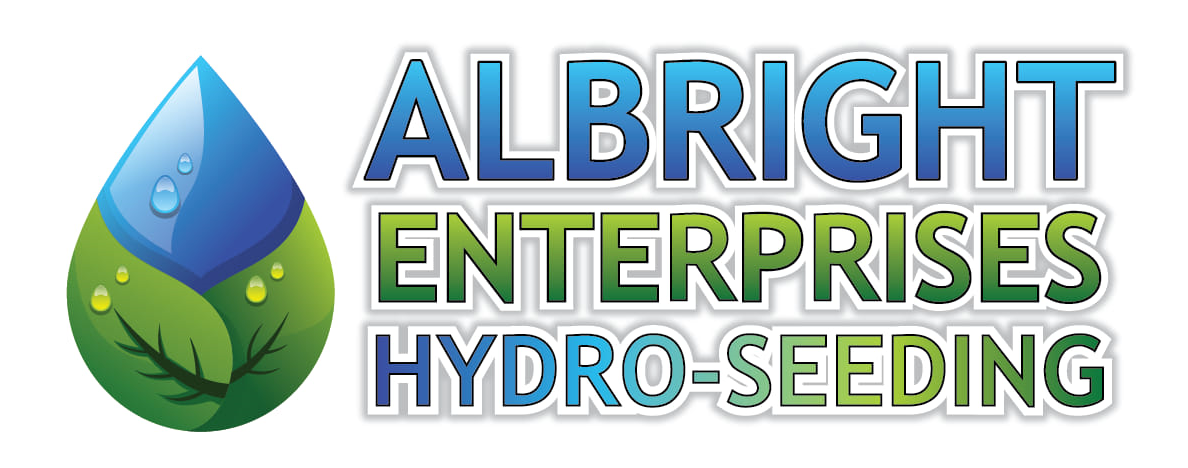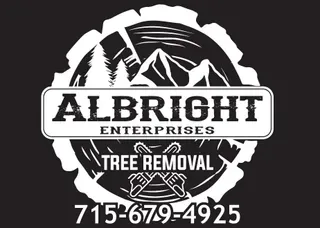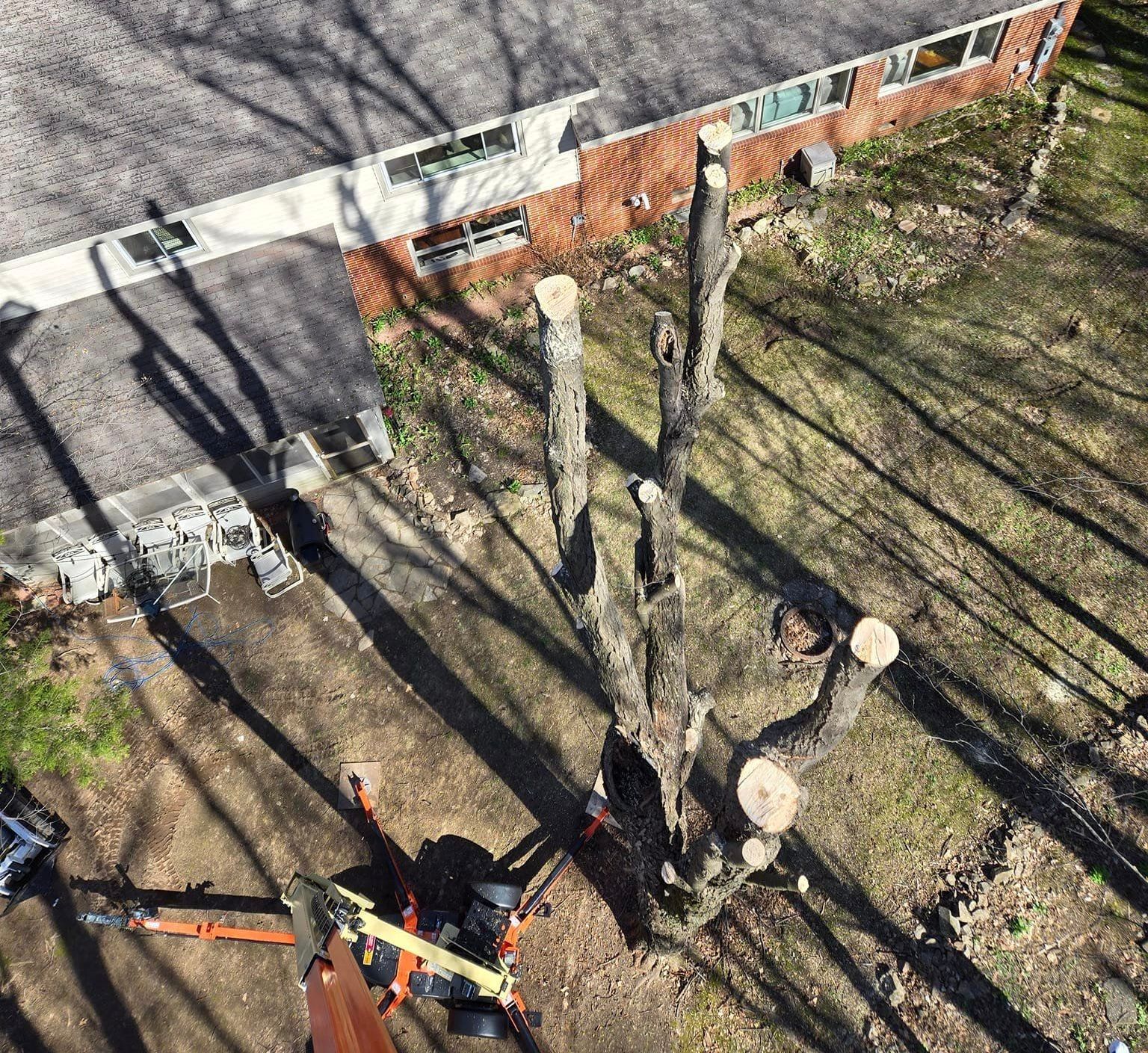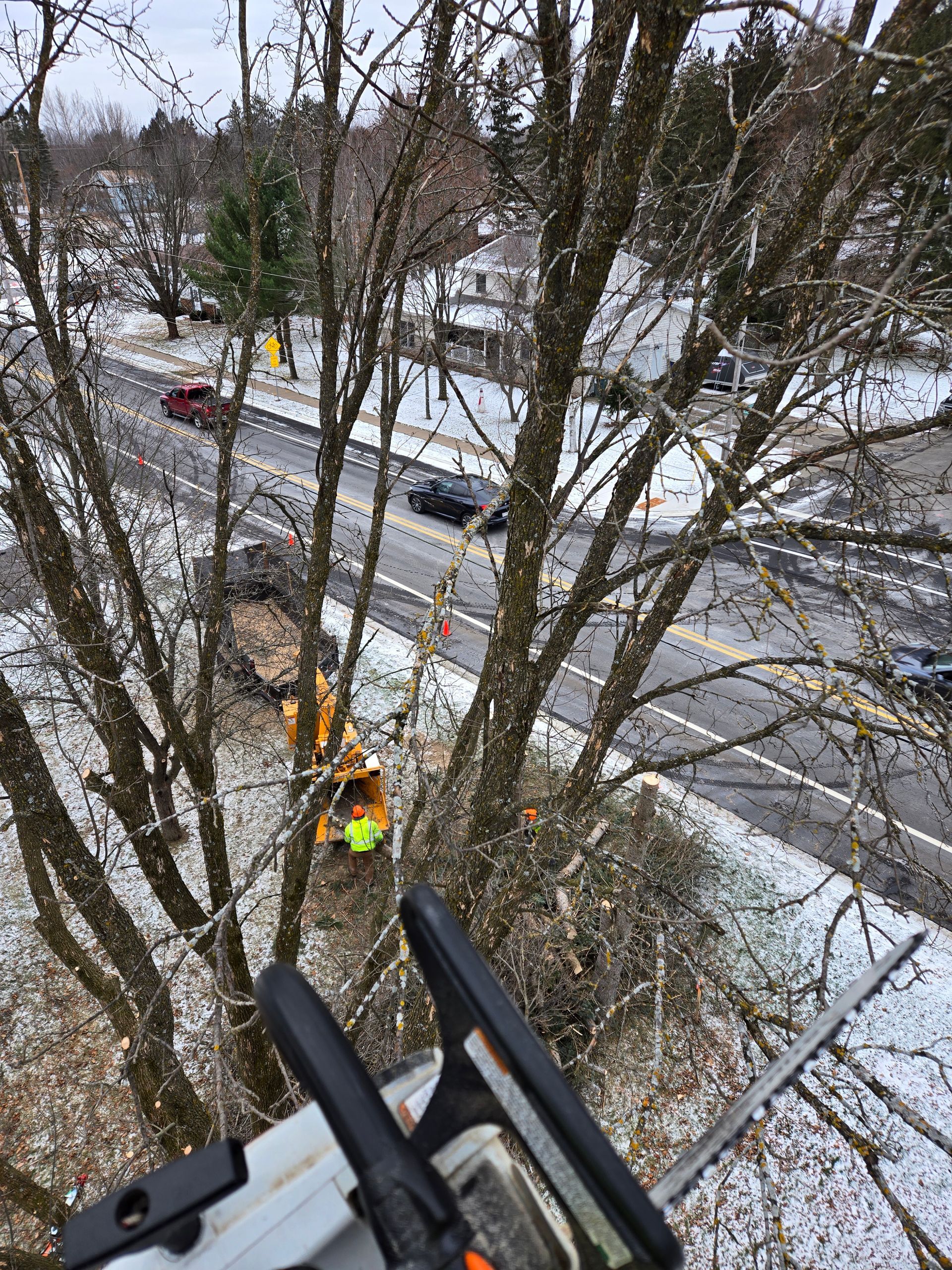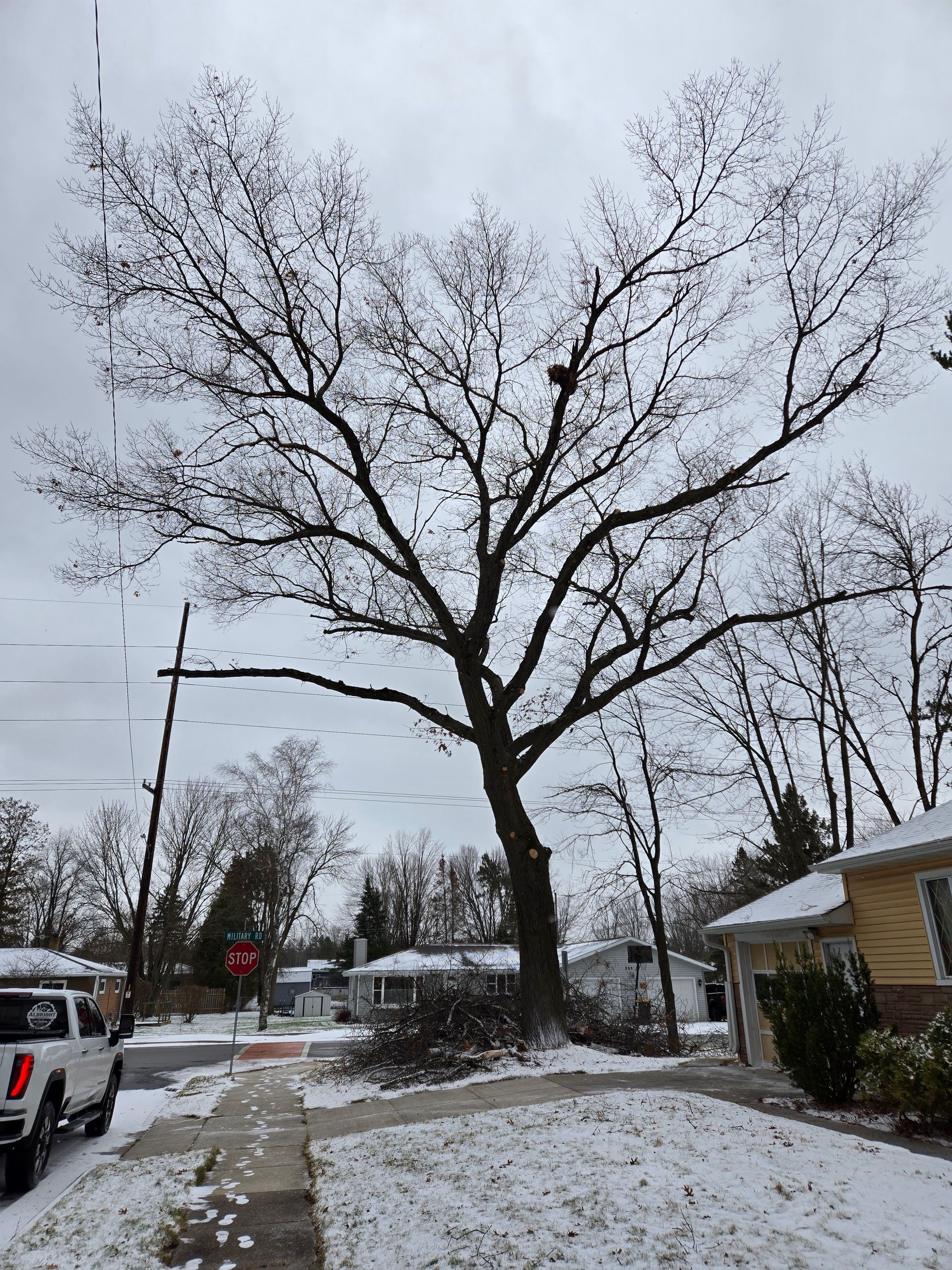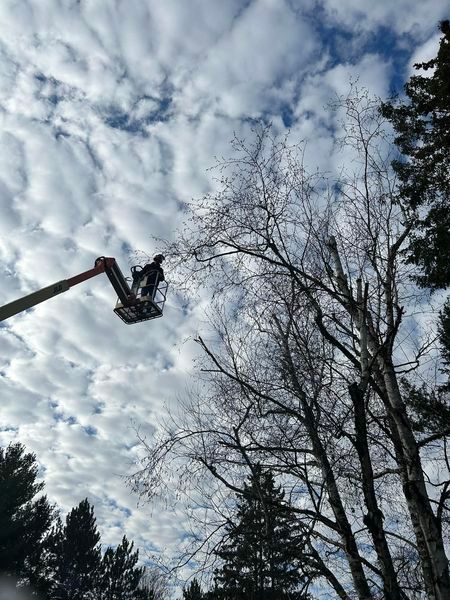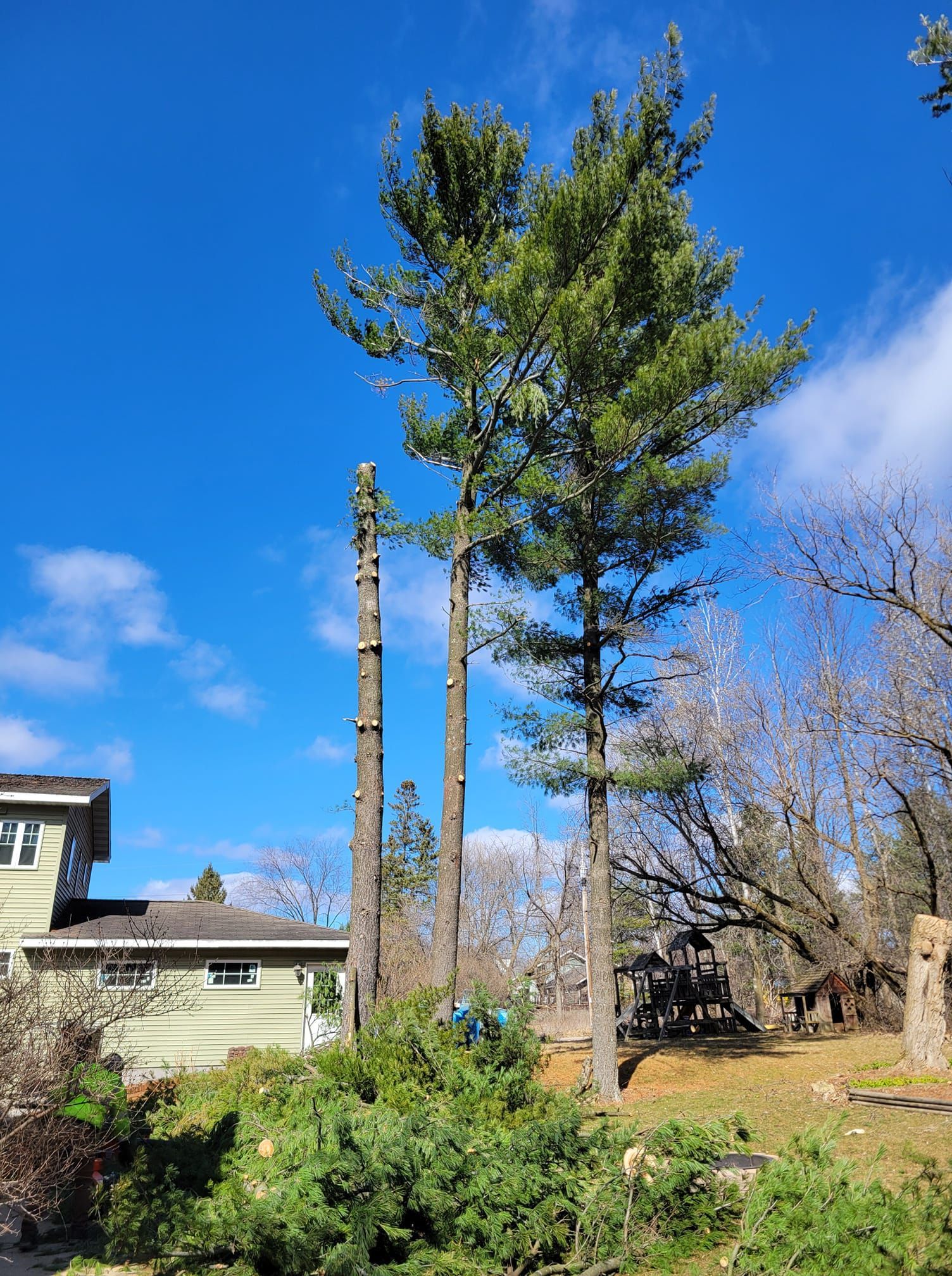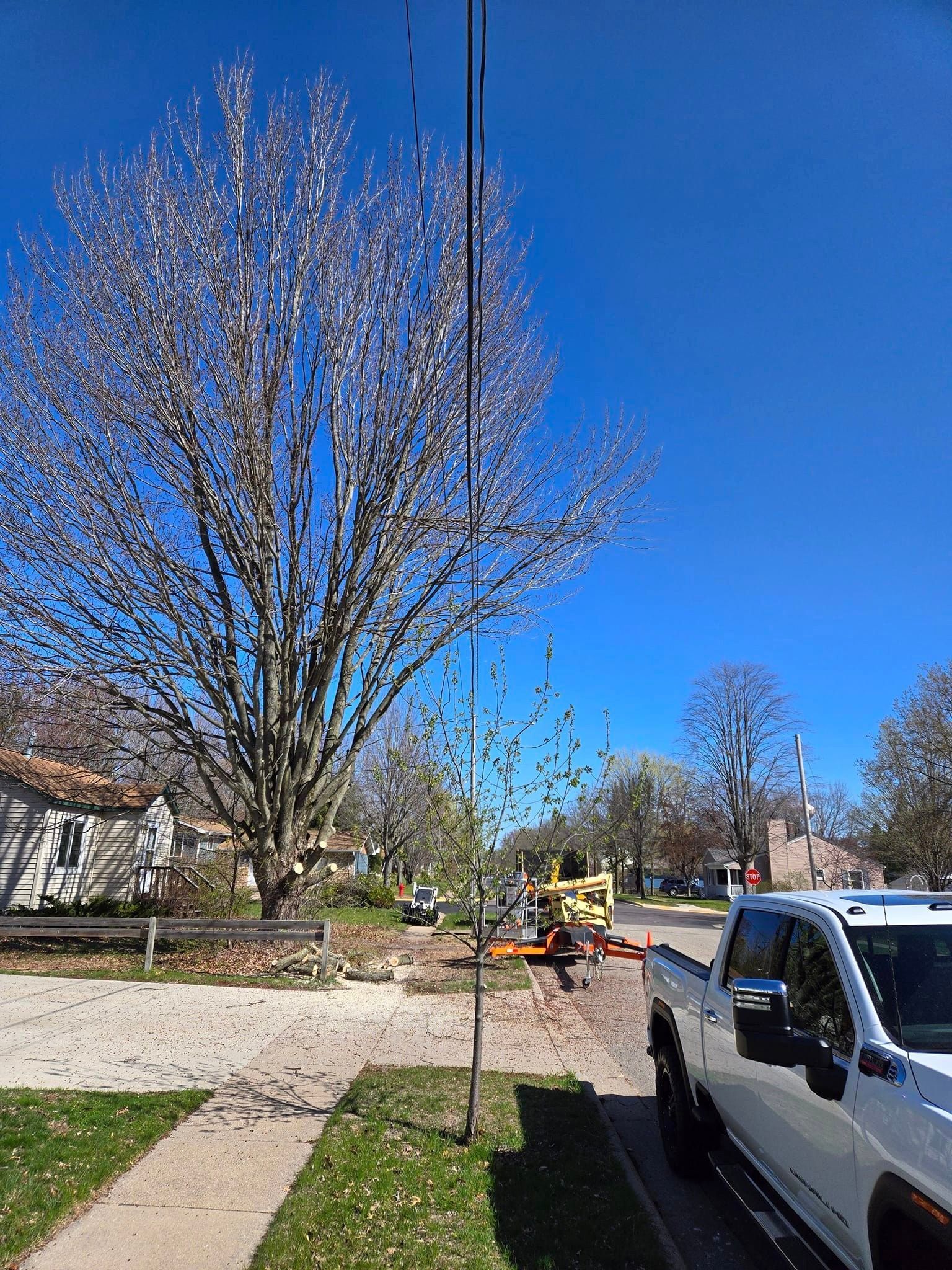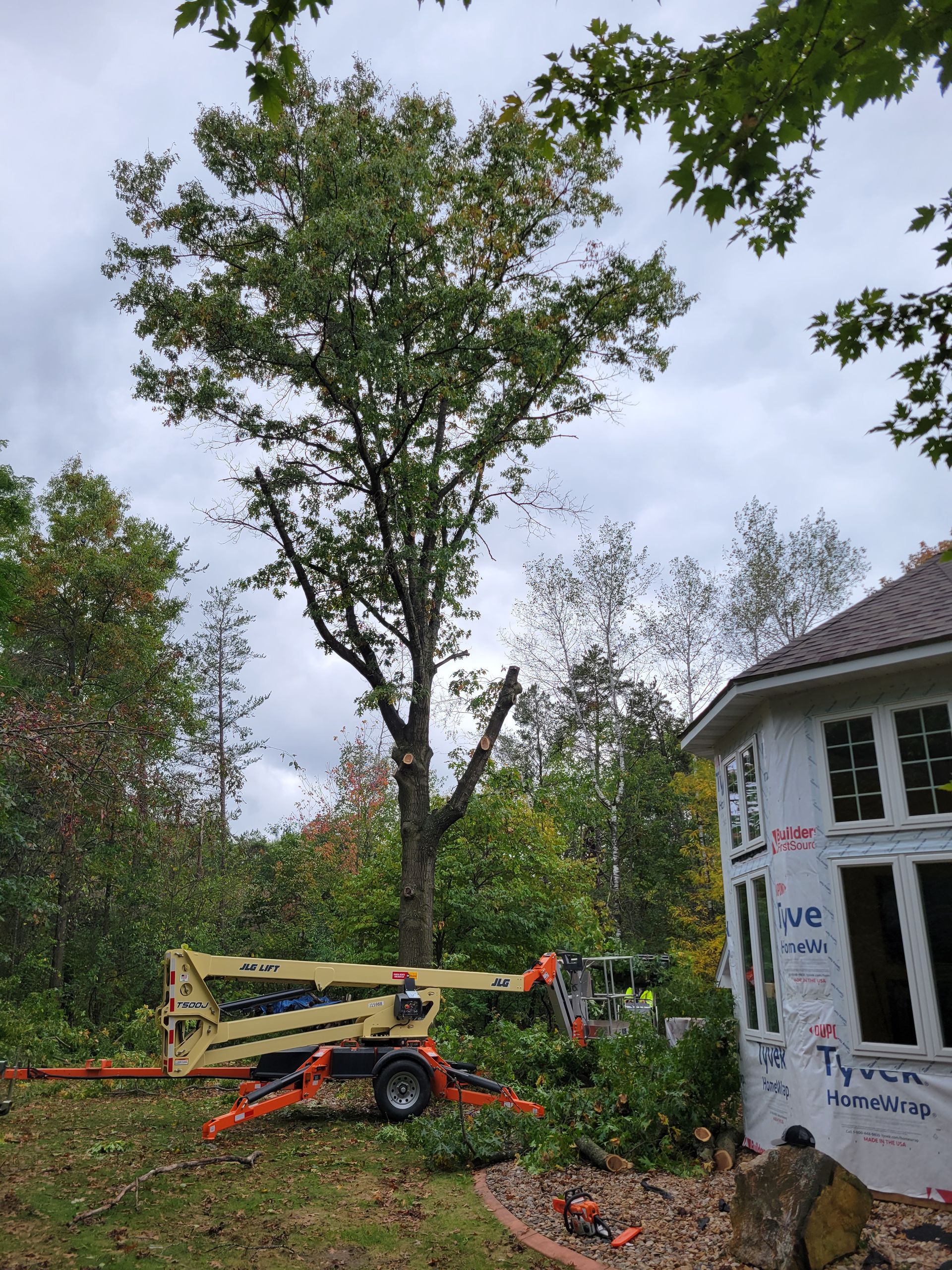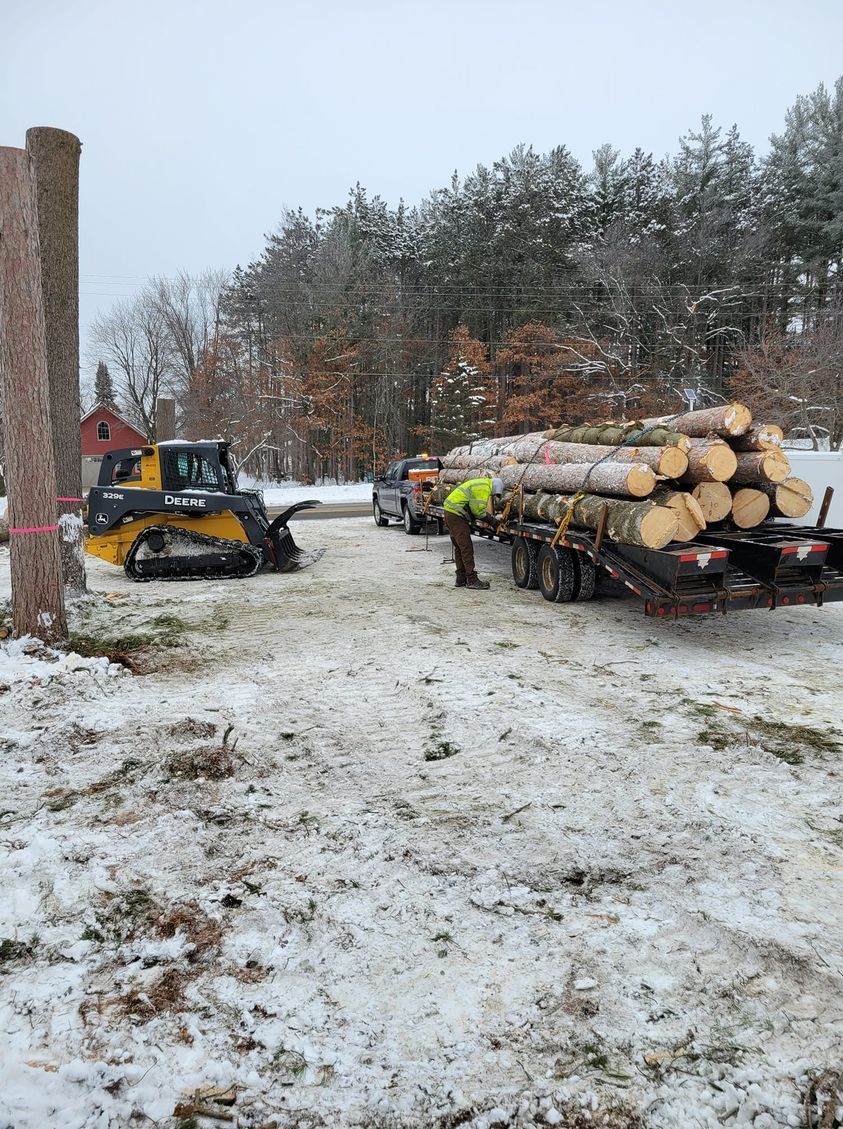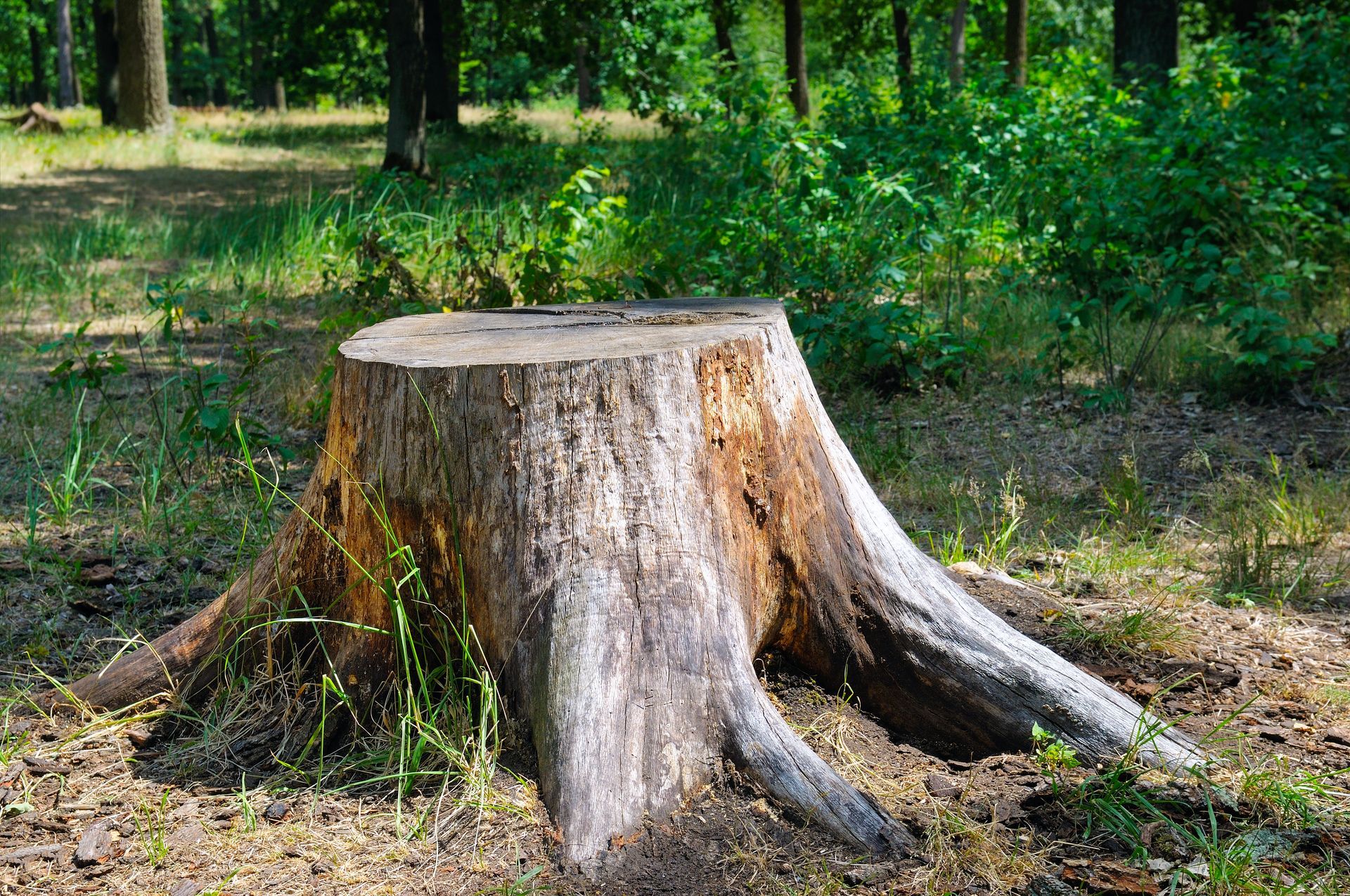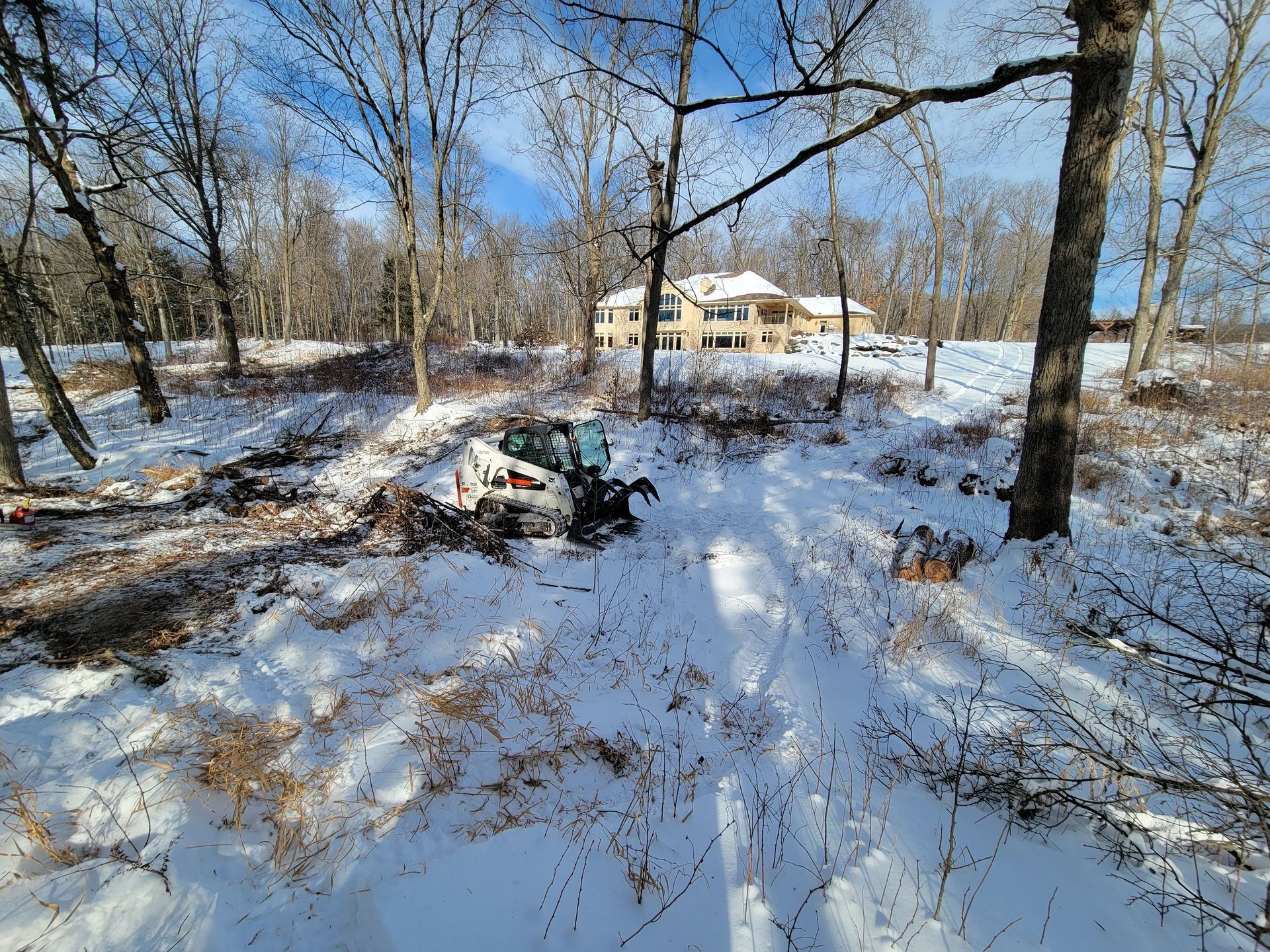The Hidden Dangers of DIY Tree Removal
Tree removal might seem like a manageable task, especially for those who enjoy DIY projects. However, what many people don’t realize is that removing a tree, particularly one that’s large or damaged, involves significant risks that can lead to serious injury, property damage, or even death. The dangers associated with DIY tree removal are often underestimated, making it crucial to understand why professional assistance is not just recommended but necessary.
Safety Risks and Technical Challenges
One of the most significant dangers of DIY tree removal is the safety risk. Trees, especially large ones, can be unpredictable when they fall. Misjudging the tree’s natural lean, the wind direction, or the stability of the branches can result in the tree falling in an unexpected direction, potentially causing severe injury or catastrophic damage to nearby structures. Furthermore, using chainsaws and other heavy equipment without proper training can lead to accidents, including severe cuts or limb amputations. Many DIY enthusiasts lack the safety gear and experience that professionals bring to the job, increasing the likelihood of dangerous mishaps.
Complexities of Tree Removal
Tree removal isn’t just about cutting down a tree. It involves understanding the tree’s anatomy, recognizing hazards like power lines or unstable ground, and planning the removal in a way that minimizes risk. Professionals are trained to evaluate these factors and execute a safe removal plan. They also have the right equipment, such as cranes and rigging systems, to manage the process effectively. Attempting to remove a tree without this knowledge and equipment can lead to complications like partial tree falls, entanglement with power lines, or damage to the surrounding landscape. Additionally, the disposal of tree debris can be cumbersome and time-consuming for an amateur, whereas professionals handle this as part of their service.
In summary, while DIY tree removal might seem like a cost-saving option, the potential dangers and complexities far outweigh the benefits. For the safety of yourself, your property, and those around you, it’s always best to rely on the expertise of professional tree removal services.
Idea's for after Tree Removal Service
Prepare your landscaping project site efficiently after removing a large tree. Ensure stump grinding is included in the tree removal cost to avoid additional expenses later. Post-stump removal, focus on soil restoration by adding nutrients and organic material to enhance nutrient density, microbial life, and carbon levels. Take soil samples, adjust nutrient additions based on soil pH, and incorporate compost or organic material into the area.
For landscaping ideas after tree removal, consider:
- Planting a New Tree: Replace the removed tree with a native species for easy care and ecosystem benefits. Wait at least a year after stump grinding before planting a new tree, and avoid the exact spot of the previous tree.
- Growing a Garden: Opt for a garden, whether raised, rock, or directly into the ground. Plan ahead to ensure plant compatibility and thriving in the enriched soil.
- Growing Grass: Clean up the area by planting grass. Remove mulched wood, prioritize soil restoration, and
spread seed for a lush patch of grass in the former tree space.
Fully Insured Tree Services & Stump Grinding
Click on our services below to learn more about what we can do for you. When you hire Albright Enterprises you are hiring a local company that cares about completing your project efficiently and on-time.
